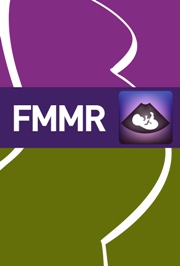Article contents
SEPSIS IN PREGNANCY
Published online by Cambridge University Press: 19 December 2011
Extract
Sepsis is associated with high morbidity and mortality worldwide. Although, it is not the major reason for intensive care unit admissions during pregnancy, several physiological changes that occur during pregnancy limit the ability of the pregnant woman to compensate for the derangements produced by severe sepsis, often resulting in severe organ dysfunction. Moreover, there are several disorders peculiar to the pregnant state, including preeclampsia, placental abruption, amniotic fluid embolism and postpartum haemorrhage, all of which can produce potentially life-threatening organ failure and may be present concurrently with sepsis contributing to maternal mortality. Evidence-based guidelines advocate assessment and monitoring aimed at early recognition and treatment of sepsis. Early goal-directed therapy, adequate blood glucose control, and corticosteroid replacement when indicated are improving outcomes in patients with severe sepsis, although most of these have not been validated in pregnancy.
- Type
- Review Article
- Information
- Copyright
- Copyright © Cambridge University Press 2011
References
REFERENCES
- 3
- Cited by


